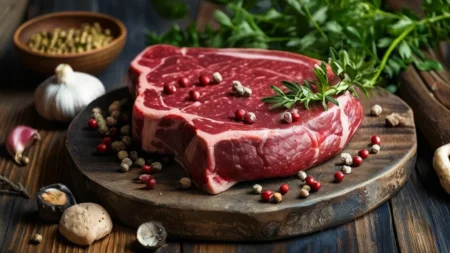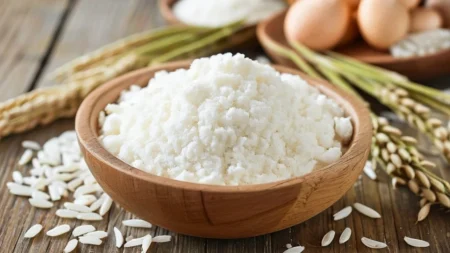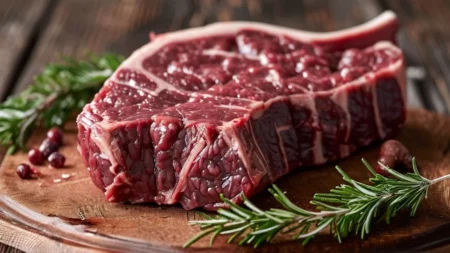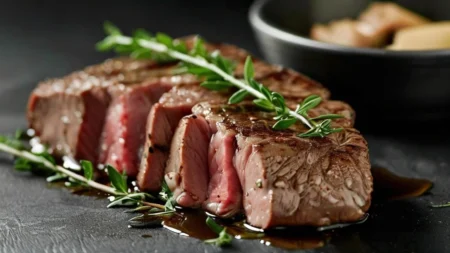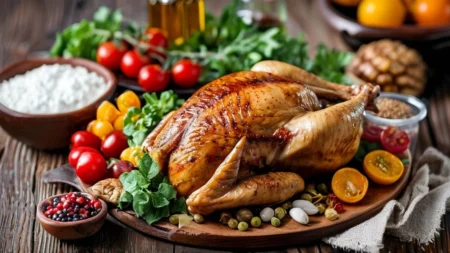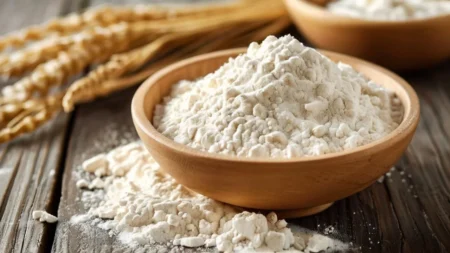Brisket: Cooking Methods, Benefits, and Nutritional Value
Key Takeaways:
- Brisket is a flavorful cut of beef, ideal for slow-cooking methods like smoking, braising, and roasting.
- It’s high in protein and essential nutrients like iron and zinc, making it a nutritious option in moderation.
- Properly cooking brisket requires time and patience, but the results are worth the effort for tender, juicy meat.
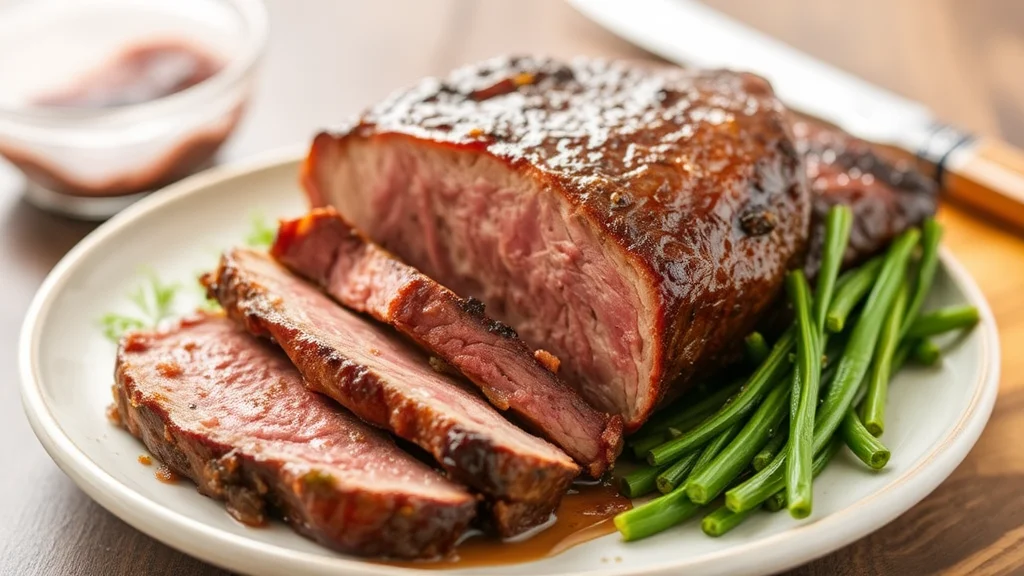
What is Brisket?
Brisket is a cut of beef taken from the lower chest of the cow, known for its tough texture but deep flavor. Due to the muscle’s heavy use, brisket contains a lot of connective tissue, which requires slow cooking to break down. This cut is popular in barbecue and traditional dishes across many cultures.
Nutritional Breakdown per 3 Ounces (85 grams) of Cooked Brisket
| Nutrient | Amount |
|---|---|
| Calories | 240 kcal |
| Protein | 21 grams |
| Fat | 17 grams |
| Saturated Fat | 7 grams |
| Iron | 2.6 mg (15% DV) |
| Zinc | 4.3 mg (29% DV) |
Types of Brisket
- Flat Cut (First Cut): Leaner and more uniform in shape, this cut is often used for slicing.
- Point Cut (Second Cut): Has more fat and is usually used for shredded or chopped brisket.
Health Benefits of Eating Brisket
Brisket is not only known for its rich, smoky flavor but also offers several nutritional benefits:
1. High-Quality Protein
Brisket is a great source of high-quality protein, essential for muscle repair and growth. Protein helps maintain overall bodily functions, making brisket a good option for those who require higher protein intake.
2. Rich in Iron and Zinc
Brisket contains significant amounts of iron and zinc, both of which are vital for maintaining a healthy immune system. Iron supports the production of red blood cells, while zinc helps in healing wounds and immune function.
3. Source of Healthy Fats
While brisket contains fat, it also provides conjugated linoleic acid (CLA), which may have health benefits, such as anti-inflammatory properties and supporting weight management. However, it’s important to consume brisket in moderation due to its saturated fat content.
Popular Brisket Cooking Methods
Cooking brisket properly requires time and patience. Due to the toughness of the cut, slow-cooking methods are the best way to achieve a tender and flavorful result.
1. Smoking Brisket
Smoking brisket is a traditional method, especially popular in Southern barbecue. Low heat (around 225°F) and slow cooking (up to 12 hours) allow the connective tissue to break down, resulting in tender, juicy meat.
Steps for Smoking Brisket:
- Season the brisket with a dry rub.
- Place it in a smoker preheated to 225°F.
- Smoke for 10-12 hours, or until the internal temperature reaches 195-205°F.
- Let it rest for 30 minutes before slicing.
2. Braising Brisket
Braising is a method where the brisket is slowly cooked in liquid. This technique is often used in Jewish cuisine for dishes like braised brisket with onions and carrots.
Steps for Braising Brisket:
- Sear the brisket in a hot pan until browned.
- Add onions, garlic, and your choice of liquid (beef broth, wine, or water).
- Cook in a covered pot at 300°F for 3-4 hours, or until fork-tender.
3. Roasting Brisket
Roasting brisket in the oven is another option that can yield a tender result, especially when using a low temperature and cooking it for an extended period.
Steps for Roasting Brisket:
- Preheat the oven to 300°F.
- Season the brisket with salt, pepper, and spices.
- Roast for 4-5 hours, basting occasionally, until the meat is tender.
Brisket in Global Cuisines
Brisket is beloved in various culinary traditions across the world, each with unique preparation styles.
1. American Barbecue Brisket
In the U.S., particularly in Texas, brisket is synonymous with barbecue. Smoked brisket is often served with coleslaw, pickles, and barbecue sauce, making it a staple at backyard cookouts and barbecue joints.
2. Jewish Braised Brisket
Jewish cuisine features braised brisket as a traditional dish during holidays like Passover. It is typically slow-cooked with onions, garlic, and a rich sauce made from tomatoes or broth.
3. Korean Bulgogi Brisket
In Korean cuisine, brisket is used in dishes like bulgogi, where the meat is thinly sliced and marinated in soy sauce, sesame oil, garlic, and sugar, then grilled or stir-fried.
Is Brisket a Healthy Choice?
While brisket is rich in nutrients, it should be consumed in moderation due to its high fat content. Here are a few tips to make it a healthier option:
1. Choose the Flat Cut
The flat cut is leaner, with less fat compared to the point cut. This makes it a better option for those looking to reduce fat intake.
2. Trim Excess Fat
Before cooking, trim visible fat from the brisket. This reduces the overall fat content without sacrificing flavor.
3. Balance with Vegetables
When serving brisket, balance your plate with plenty of vegetables like roasted carrots, sweet potatoes, or a fresh salad to add fiber and nutrients to the meal.
Conclusion
Brisket is a flavorful, nutrient-dense cut of beef that can be prepared in various ways, from smoking to braising. With the right cooking techniques, brisket can be both tender and delicious. While it contains healthy proteins and nutrients, it’s important to enjoy brisket in moderation due to its fat content. When balanced with a healthy diet, brisket can be a satisfying and nutritious addition to your meals.
FAQ
Q: How long should I cook brisket in a slow cooker?
A: For a slow cooker, cook brisket on low for 8-10 hours or on high for 4-5 hours. The key is to cook it until the meat is tender and easily pulls apart.
Q: Can brisket be frozen?
A: Yes, cooked brisket can be frozen. Store it in an airtight container or freezer bag for up to 3 months. To reheat, thaw overnight in the refrigerator and reheat in the oven or slow cooker.
Q: How do I know when brisket is done?
A: Brisket is done when the internal temperature reaches 195-205°F. It should be tender enough to pull apart with a fork.
Q: What are the best side dishes for brisket?
A: Brisket pairs well with classic sides like coleslaw, baked beans, cornbread, and roasted vegetables. Lighter sides, such as a green salad, also complement the richness of the meat.





